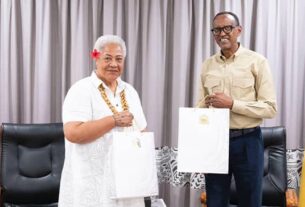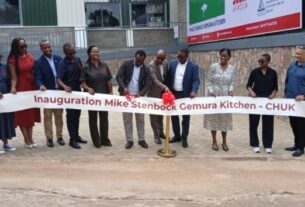On the evening of September 6th at 921 PM, an Air China flight from Beijing arrived at Chongqing Jiangbei International Airport in southwestern China, where the temperature was a warm 29 degrees Celsius. As we exited the aeroplane
, the friendly service from the cabin crew was apparent, and after collecting our luggage, we entered a warm hello to Chongqing.
Among the passengers were 35 African intelligencers visiting for the first time, eager to explore the megacity after covering the 2024 Forum on China- Africa Cooperation( FOCAC) peak in Beijing from September 4th to 6th. Our domestic flight concurrence was quick, and soon we were on shuttle motorcars headed to our lodgment .
A notable aspect of arriving in China is the emotional scale of structure, and Chongqing is no exception. The megacity’s remarkable combination of ultramodern development, clean green thoroughfares, and striking armature, all set against natural beauty, feels like discovering a’ engaged land.’
Chongqing is notorious for its racy cookery, a crucial specific of the region, but its appeal extends well beyond food. With a rich history gauging thousands of times, it’s one of China’s four cosmopolises directly governed by the central government, alongside Beijing and Shanghai. Located at the junction of the Yangtze and Jialing gutters and girdled by mountains, the megacity features expansive coverts to grease transport.
In the megacity center, the emotional Great Hall of the People overlooks People’s Square, and the near Three ravines Museum displays ancient vestiges and details the history of the Three ravines Dam’s construction. Chongqing covers a vast area, with authority over 38 sections and counties, encompassing 82,400 square kilometers and home to over 32 million residers, generally Han Chinese, alongside ethnical groups like the Tujia and Miao.
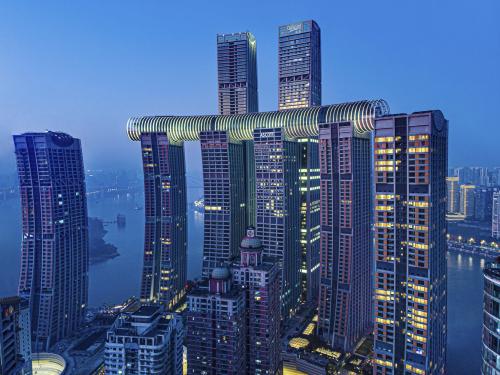
Known as the” Mountain City” and the” River City,” Chongqing has a sticky tropical thunderstorm climate, characterized by early springs, hot summers, stormy afterlife, and mild layoffs. The Yangtze River, which spans 691 kilometers, meanders through the megacity, along with the Jialing and Wujiang gutters. The mountainous geography comprises 76 of the area.
Chongqing is n’t only a artistic and literal mecca but also plays a strategic part in China’s development. It was the first inland megacity to open to foreign trade in 1981 and came an sanctioned megacity in 1929. The Chengdu- Chongqing Twin- meccaMega-Region and the New International Land- Sea Trade Corridor are vital to the megacity’s involvement in the Belt and Road Initiative, linking over 480 anchorages in 120 countries encyclopedically.
The megacity’s rapid-fire artificial growth has converted it into a manufacturing hustler, making it one of China’s leading automotive product centers and the world’s largest laptop patron. Chongqing aims to establish a ultramodern manufacturing system concentrated on smart vehicles, coming- generation electronics, and advanced accoutrements , and it excels in invention in smart technology, life lores, and green technologies.
Chongqing boasts an emotional transportation network that includes rail, road, water, and air transport. With over 1,000 kilometers of high- speed rail and 4,000 kilometers of roadways, it serves as a major transportation mecca. In 2023, Chongqing’s GDP reached RMB 3.01 trillion( over US$ 424 billion), reflecting a 6.1 growth.
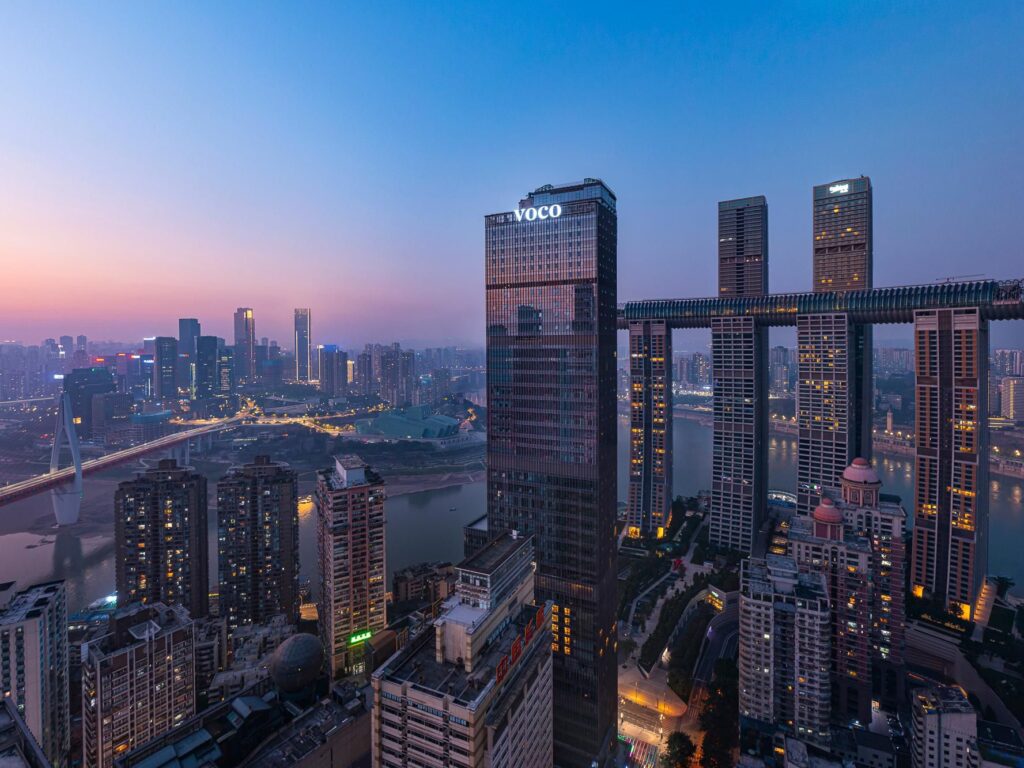
Beyond its profitable success, Chongqing is rich in artistic and natural treasures. The Mountain City Alley Traditional Style Area, located in the megacity center, features saved literal structures similar as the unqualified Charity Hall and the Changle Yongkang Stone Ancestral Gate.
Another remarkable corner is Liziba Station, the first through- structure metro station in China, illustrating Chongqing’s architectural invention. Located in the Yuzhong District, it enhances civic transportation effectiveness while being a visual spectacle, exercising multiple technologies to allow trains to pass through structures without causing climate.
For panoramic views of the megacity, the Jiefangbei Pedestrian Street and the World Financial Center( WFC) Huixianlou Observation Deck offer stunning sights of Chongqing’s civic geography, including the convergence of the Yangtze and Jialing gutters. The WFC Observation Deck, opened in 2017, provides stirring views of iconic spots like the Grand Theatre and Nanbin Road’s illuminated skyline, making it China’s loftiest open- air observation sundeck.
The major Jiefangbei Pedestrian Street, established in 1947 and revitalized as Western China’s first marketable rambler area in 1997, remains a lively center with a marketable space of 160,000 square measures, honored as one of China’s commanding business sections.
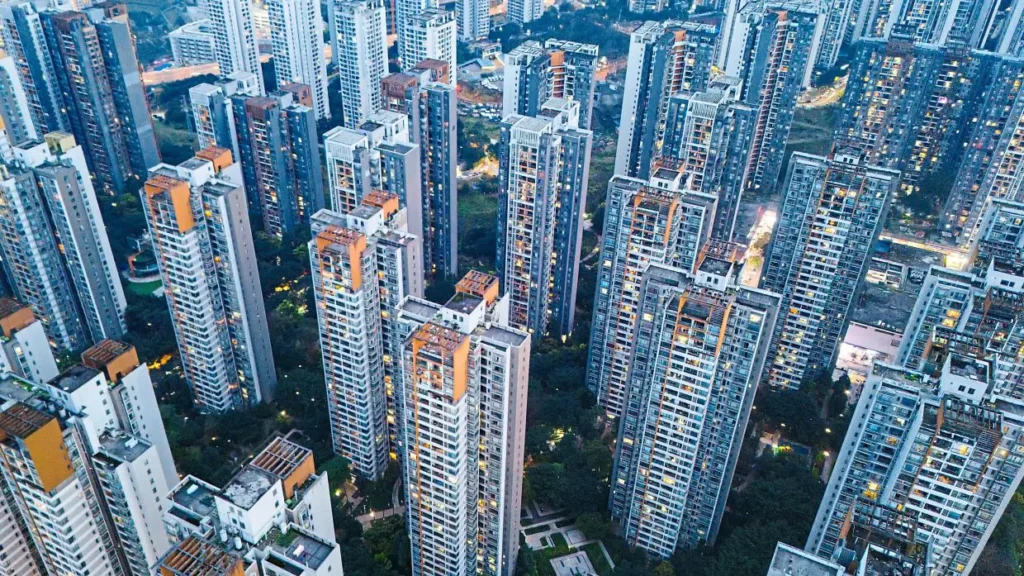
One of Chongqing’s most significant artistic lodestones is the Dazu Rock Busts, a UNESCO World Heritage point featuring over 50,000 intricately sculpted statues that showcase over a renaissance of Chinese cultural and religious fidelity. These busts are similar to other famed gemstone art spots in China, similar as the Mogao grottoes and the Yungang caves.
No trip to Chongqing would be complete without indulging in its notorious hot pot, a racy culinary tradition where fresh constituents are cooked in boiling broth, accompanied by original fruits and authorities for a pleasurable experience. The megacity’s requests are abundant with fresh yield, including pumpkins, taro, sludge, seafood, and vegetables.
As night falls, Chongqing’s thoroughfares come alive. Along the Jialing River, both locals and callers gather to enjoy the megacity’s glowing lights, illuminated islands, and the inviting atmosphere that encourages extended stays.
Chongqing’s beauty, history, and sprightliness offer a unique experience for all who visit. This megacity, with its rich artistic heritage, artificial prowess, and natural geographies, stands as a testament to China’s growth and serves as a gateway to understanding its history, present, and future.


